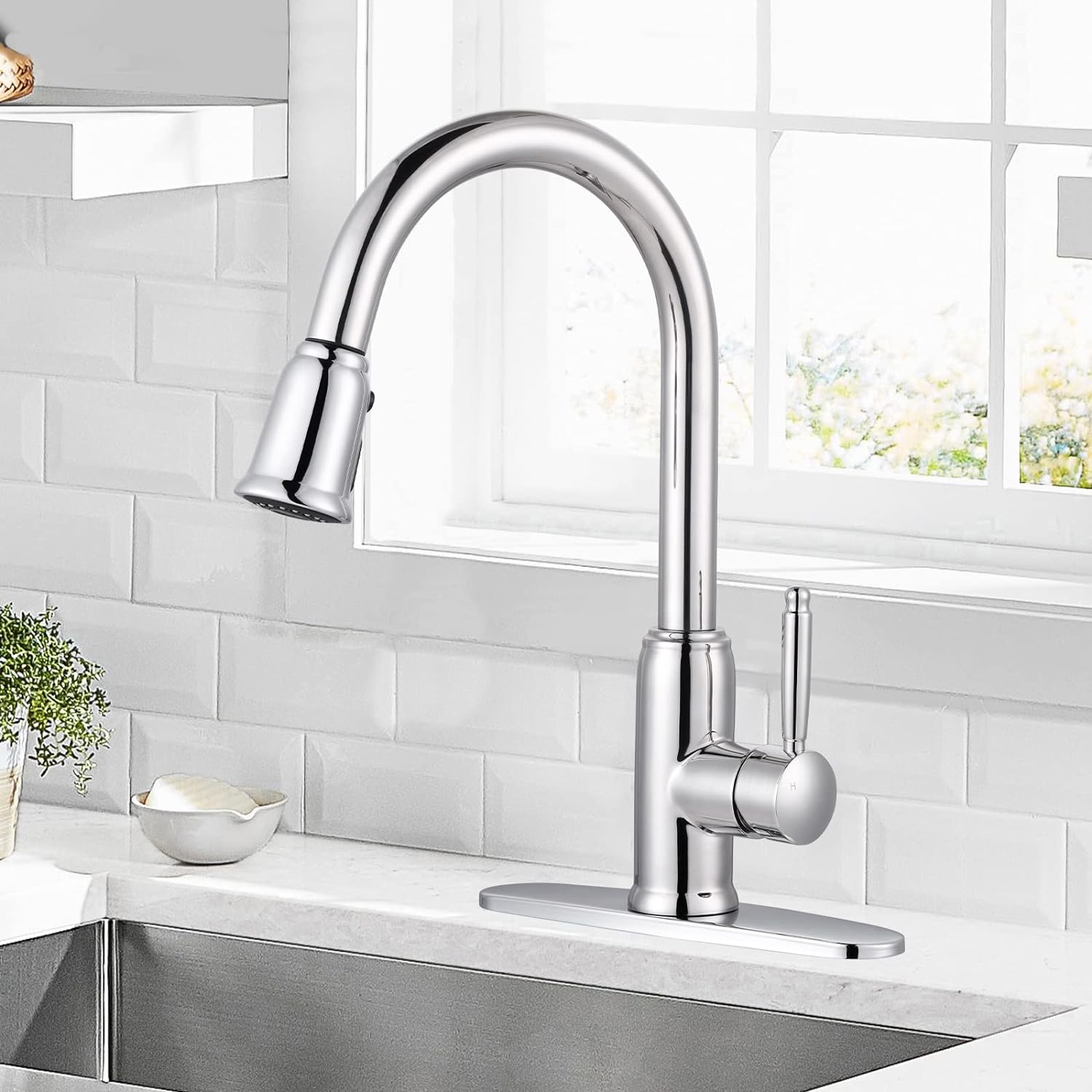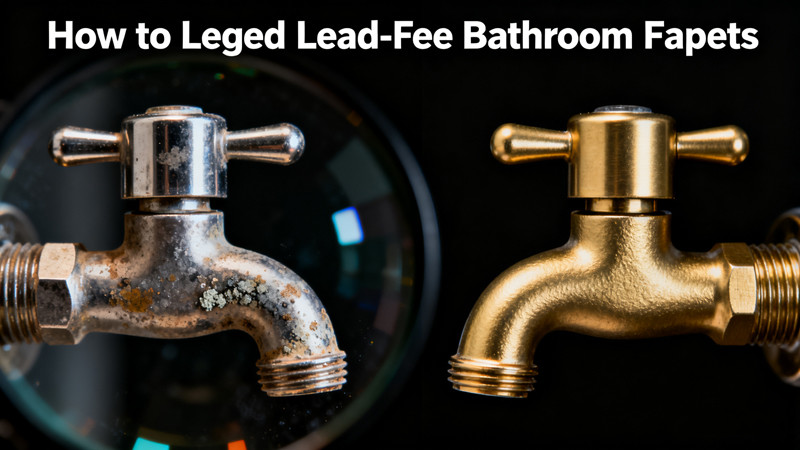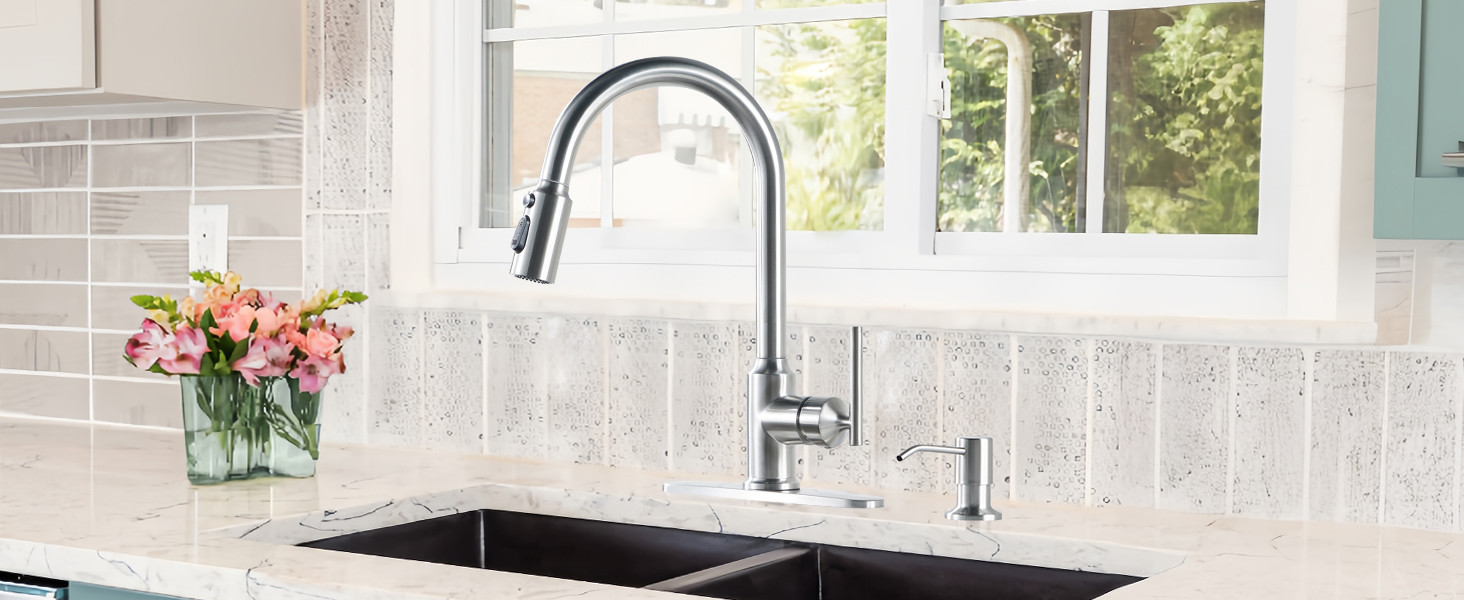As winter blankets our surroundings in a layer of frost, the conscientious homeowner turns their attention to winterizing their abode against the biting cold. In the arsenal of winter home maintenance practices, the seemingly simple act of Which Faucets to Dripripping faucets emerges as a stalwart guardian against the perils of frozen pipes. In this extensive exploration, we will delve into the intricate science behind the phenomenon, the critical role it plays in preventing pipe damage, and an exhaustive guide on which faucets to prioritize for this indispensable winterization technique.
The Intricacies of Dripping Faucets:
To comprehend the significance of dripping faucets during winter, one must unravel the intricacies of the physics governing water and freezing temperatures. When water undergoes the transformative process of freezing, it experiences expansion, resulting in heightened pressure within the pipes. If this pressure reaches a critical point, the pipes may succumb to the force, leading to catastrophic bursts and consequential damages that can prove financially burdensome. Enter the humble dripping faucet, a deceptively simple remedy that, by allowing a gradual flow of water, mitigates pressure and staves off the formation of ice blockages that might otherwise spell disaster for the plumbing system.
The Science Behind Dripping Faucets:
The science behind dripping faucets is rooted in a delicate balance between the physical properties of water and the thermodynamics of freezing. As water transitions from liquid to solid, it expands. This expansion, combined with the inherent pressure within the pipes, creates a potentially hazardous scenario during winter. By allowing a controlled release of water through a drip, the pressure is alleviated, and the risk of frozen pipes is substantially reduced.
Understanding the critical role that dripping faucets play in maintaining this equilibrium is vital for homeowners seeking to protect their property from the adverse effects of winter. It transforms a seemingly mundane act into a strategic defense mechanism against the forces of nature, underscoring the importance of proactive winterization.
Which Faucets to Prioritize:
- Exterior Faucets (Hose Bibs): Outdoor faucets, commonly referred to as hose bibs, are the frontline soldiers in the battle against freezing temperatures. Their exposure to the elements makes them particularly vulnerable. Dripping these faucets becomes not just a preventive measure but a necessity to thwart ice buildup and the ensuing risks of pipe damage.
- Faucets on Exterior Walls: Faucets adorning exterior walls bear the brunt of external temperatures, rendering them more susceptible to freezing. Dripping these faucets adds an extra layer of protection, especially if the insulation on the exterior wall is insufficient. This strategic move prevents potential cold-related mishaps within the pipes.
- Faucets in Unheated Areas: Spaces within the home that escape the warmth of central heating, such as basements, crawl spaces, or garages, present a heightened risk of freezing. Dripping faucets in these areas acts as a proactive measure, countering the lower temperatures and reducing the likelihood of frozen pipes.
- Faucets in Mobile Homes: Mobile homes, with their distinct design and construction, are more susceptible to temperature fluctuations. The plumbing systems in these homes may lack the insulation commonplace in traditional structures, necessitating the practice of dripping faucets as a preventative measure against frozen pipes.
- Kitchen and Bathroom Faucets: While interior faucets generally face a lower risk of freezing, it’s advisable to incorporate them into the winterization strategy. Dripping faucets in kitchens and bathrooms, especially if they are located on exterior walls, provides an additional layer of protection, reinforcing the resilience of the overall plumbing system.
- Faucets in Multi-Story Homes: Multi-story residences introduce a vertical dimension to the temperature gradient within the home. Consider dripping faucets on upper floors, as cold air tends to settle downward. This thoughtful approach addresses the unique challenges posed by the structure’s height, minimizing the risk of frozen pipes.
Practical Steps for Dripping Faucets:
Dripping faucets effectively serve as a first line of defense against frozen pipes, but implementing this preventive measure requires a systematic approach. Here’s a step-by-step guide to help homeowners navigate the process:
1. Identify Vulnerable Faucets: Begin by identifying the faucets most susceptible to freezing based on their location, exposure to external elements, and proximity to unheated spaces. A thorough assessment sets the stage for targeted preventive action.
2. Determine Drip Rate: The effectiveness of dripping faucets hinges on the rate of the drip. A slow, steady flow is sufficient to prevent pressure buildup within the pipes without wasting excessive water. Adjust the faucet to achieve a gentle drip that maintains a delicate balance between prevention and conservation.
3. Inspect and Insulate: Before winter sets in, conduct a comprehensive inspection of the plumbing system. Identify and address any leaks, cracks, or vulnerabilities in the pipes. Additionally, insulate exposed pipes using foam insulation or heating tape to provide an extra layer of protection against the cold.
4. Utilize Smart Home Technology: Embrace the convenience of modern technology by incorporating smart home devices into your winterization strategy. Smart thermostats, temperature sensors, and leak detectors can provide real-time information about the conditions within your home, allowing you to adjust settings and take preventive action remotely.
5. Monitor Weather Conditions: Stay vigilant about weather forecasts, particularly when freezing temperatures are predicted. Be prepared to adjust the drip rate or take additional measures based on the severity and duration of the cold spell. Timely intervention can make a significant difference in preventing frozen pipes.
6. Consistent Communication: If you are part of a homeowners’ association or reside in a multi-unit property, establish clear communication channels regarding winterization practices. Ensure that all residents are aware of the importance of dripping faucets and encourage a collective effort to protect the entire property from the risks of frozen pipes.
7. Professional Inspection: For added assurance, consider enlisting the services of a professional plumber for a pre-winter inspection. A trained eye can identify potential vulnerabilities in your plumbing system and offer tailored recommendations to enhance its resilience in the face of winter challenges.
The Economic and Environmental Impact:
Beyond the immediate benefits of preventing frozen pipes, the practice of dripping faucets carries broader implications for both your wallet and the environment.
1. Cost Savings: While the upfront cost of water usage may increase marginally due to dripping faucets, the potential savings from preventing pipe bursts and consequential damages far outweigh this expense. The financial ramifications of burst pipes, including repair costs, water damage restoration, and potential increases in insurance premiums, make the proactive approach of dripping faucets a cost-effective investment in the long run.
2. Environmental Considerations: The conscious use of water is a paramount concern in today’s environmentally conscious landscape. While dripping faucets do contribute to water consumption, the controlled drip rate ensures minimal waste. Moreover, the environmental impact of preventing water damage and the associated resources required for repairs and restoration further underscores the ecological benefits of this preventive measure.
3. Insurance Implications: Homeowners insurance policies often include provisions related to water damage caused by burst pipes. By taking proactive steps to prevent such incidents through the practice of dripping faucets, homeowners may demonstrate diligence in their maintenance efforts, potentially influencing insurance premiums and claims processing.
Which Faucets to Drip:
In conclusion, the act of dripping faucets during winter transcends a mere household chore; it becomes a strategic maneuver in the intricate game of winter home maintenance. Armed with an understanding of the scientific principles underpinning this practice and a comprehensive guide on which faucets to prioritize, homeowners can navigate the winter months with confidence, knowing they have fortified their plumbing systems against the chilling forces of nature.
The practice of dripping faucets serves as a testament to the synergy between human ingenuity and the natural world, where a simple yet thoughtful action can avert potential disasters and preserve the sanctity of one’s home. As winter unfolds its frosty embrace, let the rhythmic drip of faucets echo the resilience of a well-prepared abode, standing strong against the challenges of the season. Remember, in the tapestry of winterization, each drip tells a story of foresight, care, and the triumph of preparedness over adversity.







